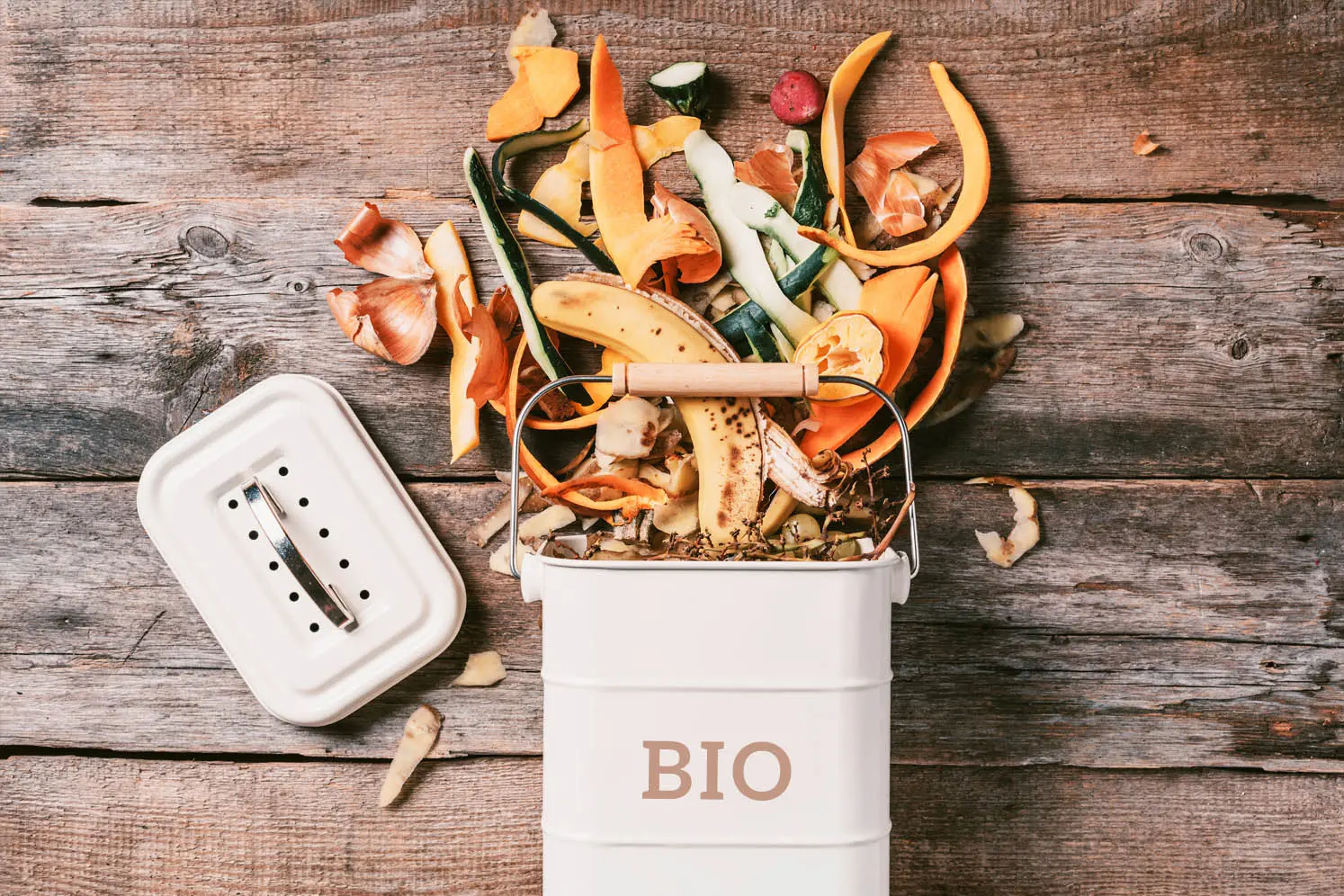Bio-waste, or what is biodegradable trash and what does it include?

Bio-waste, also known as biodegradable waste, is a category of trash that is becoming increasingly important in terms of environmental protection and sustainable waste management. Today, more and more people are trying to separate their waste in a thoughtful and responsible manner, but are you sure everyone knows what biodegradable waste is? What materials can we count among them, and which absolutely should not go in the brown garbage can? In this article, we will take a closer look at the definition of bio-waste, discuss its importance, and provide practical tips for its proper segregation and storage.
Bio waste - what is it? Learn about the characteristics of this type of garbage
Bio waste, also known as biodegradable waste, is organic material that can undergo a natural process of decomposition under the action of microorganisms. The main feature of bio waste is its ability to decompose quickly and efficiently under the right environmental conditions, such as the presence of oxygen, humidity and heat. This process produces substances that are harmless to the environment, such as carbon dioxide, water and biomass. Bio waste can be processed into compost, which is a valuable organic fertilizer that enriches the soil and improves its structure.
Bio waste plays a key role in the life cycle of organic matter, contributing to closing the cycle and reducing the amount of waste going to landfills. An important aspect of bio waste is its potential to reduce greenhouse gas emissions, especially methane, which is produced during the anaerobic decomposition of organic waste in landfills.

100 pieces of 6/225 mm pasta straws - an edible, biodegradable and very practical solution!
What do we count as biodegradable waste?
Biodegradable waste includes a range of organic materials that decompose naturally under the action of microorganisms such as bacteria, fungi and protozoa. This includes food scraps - vegetable and fruit peelings, leftovers from food preparation, stale bread, egg shells, coffee and tea grounds, and expired fruits and vegetables. Biodegradable waste also includes garden waste (cut grass, leaves, small branches, flowers, weeds, tree bark, sawdust).
Some paper products, such as disposable packaging, can also be counted as biodegradable waste, provided they are free of dyes and chemicals. Paper kitchen towels, napkins, coffee filters, cardboard food packaging, eco-friendly cups made of compostable materials, and egg cartons are examples of such materials. It is important that they are clean and do not contain food scraps that could contain fats or other substances that inhibit biodegradation.
Many people wonder what belongs in bio waste. Here's a little digest on the most common recurring questions.
- Bio waste - citrus. Yes or no? YES.
- Is soil bio waste? NO, soil should be disposed of in mixed waste.
- Is bread bio-waste? YES, but only the stale kind, without added butter or other fats.
- Can whole eggs be thrown into bio-waste? NO, only the shells themselves.
- Can biodegradable commercial bags be thrown into the biowaste? YES, but only if they are compostable, otherwise they can take many years to decompose.
What do we not count as bio waste?
Not all organic waste can be thrown into the bio waste bin. First of all, we do not include animal products such as meat, sausages, bones, animal fats and animal excrement, as well as products containing vegetable oils, cooking fats and frying residues. What else do we not put in the brown bio garbage can? Inorganic materials and hazardous waste - glass, plastic, metal, coal ash, particle board, treated wood and chemicals of all kinds (paints, solvents, medicines). Paper and cardboard, although biodegradable, should also not be disposed of with bio-waste, unless they are special compostable papers that do not contain toxic dyes or coatings.

Backyard biodegradable utensils: 50 pieces of 600 ml sugarcane soup cups, 14 cm diameter, 9 cm.
How to properly use bio brown baskets? Storage conditions
How to properly use brown garbage cans for bio-waste? First of all, we throw only biodegradable waste into them. It is best to collect waste in compostable bags, which decompose at the same rate as their contents. Garbage can for bio-waste should be stored in a cool, dry place - this will prevent unpleasant odors and attract pests. Emptying the garbage can regularly, at least once a week, will also help maintain hygiene and composting efficiency. We try to store waste in bulk, and if this is not possible, we reach for biodegradable garbage bags.

Ideal for the home and beyond: 10 pieces of 120 liter compostable garbage bags, in which you can safely dispose of bio waste.
Awareness of bio-waste and its proper segregation is a key element in the fight for a cleaner environment and sustainability. Proper management of bio-waste allows for efficient processing of these materials into valuable compost and biogas, thus helping to reduce the amount of waste going to landfills. It is worth remembering that segregation of bio-waste is not only a duty, but also a responsibility of each of us - education and consistent action can contribute to a significant improvement in the quality of our environment, creating better conditions for future generations.
